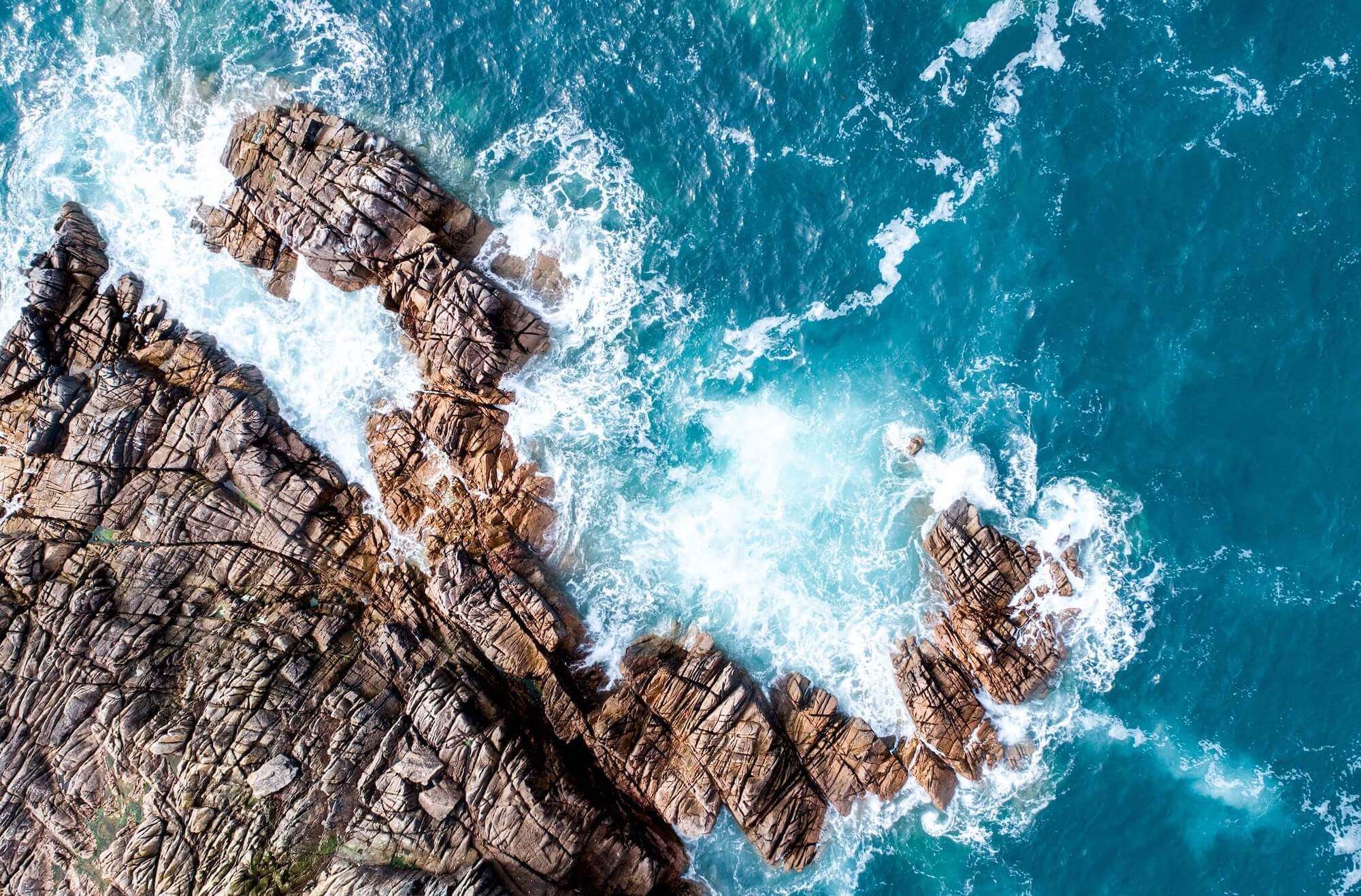
What 25 Years of Platform Innovation Taught Me About Strategy
When I launched ArtistShare in 2003, I had no idea the approach we developed would become the foundation for what’s now a multi-billion dollar industry. What started as a solution to help artists fund their projects directly from fans became the blueprint for every crowdfunding platform that followed—Kickstarter, Indiegogo, GoFundMe, and hundreds of others.
Looking back after more than two decades, I realize the real insight wasn’t the technology. It was understanding something fundamental about human behavior that most platforms still miss today.
The Relationship, Not the Transaction
Everyone focuses on the mechanics of crowdfunding—the payment processing, the reward tiers, the campaign optimization. But that’s not what made it work. The breakthrough was recognizing that people don’t just want to buy something; they want to be part of something.
When Maria Schneider launched her “Concert in the Garden” album recording project through ArtistShare, her supporters weren’t just pre-ordering music. They were joining her creative journey. They received access to the process of writing the music, rehearsing and recording the music as it was happening. They became collaborators, not just customers.
This distinction between transaction and relationship is what separates platforms that scale from those that stagnate. It’s why some communities thrive while others feel transactional and cold.
The Government Called (And What They Really Wanted to Know)
A few years after launch, I got an unexpected call from a research firm contracted by the Canadian Department of Heritage. They were researching new and alternative concepts for copyright reform in Canada and wanted to understand how ArtistShare worked and how this new model might impact these policy considerations.
What struck me about those conversations was how my platform innovation work had implications far beyond just the music industry—it was influencing how governments thought about emerging business models and technology policy.
These weren’t just technical questions. They were strategic questions about how innovation creates new markets and what happens when you eliminate intermediaries.
What We Got Wrong (And What We Got Right)
If I’m honest, we made plenty of mistakes with ArtistShare. We were early to market but slow to scale. We focused on the creative industries when the model had broader applications. We built for artists when the real opportunity was showing every industry how direct community engagement could transform their business model.
But what we got right was the core insight: sustainable platforms aren’t built on transactions—they’re built on authentic relationships.
I see this same pattern playing out across industries today. The most successful platform strategies aren’t about building marketplaces or optimizing conversion rates. They’re about creating genuine connections between communities that didn’t exist before.
The Strategy Most Companies Miss
After more than two decades of platform work, I’ve learned that the companies that succeed aren’t the ones with the best technology. They’re the ones that understand the human dynamics of their communities.
When I consult with organizations now—whether they’re established enterprises exploring platform strategies or startups trying to build community-driven business models—the conversation always comes back to the same fundamental question: What relationship are you really creating?
Are you building a tool, or are you building a community? Are you processing transactions, or are you facilitating connections? Are you optimizing for efficiency, or are you optimizing for engagement?
The answers determine whether you build something that scales or something that stalls.
What’s Next for Platform Innovation
We’re entering an era where every company needs to think like a platform. But most are approaching it backwards—they’re starting with the technology instead of starting with the relationship.
The organizations that will thrive are those that understand what we learned with ArtistShare: people don’t just want better products or services. They want to be part of something meaningful. They want authentic connections. They want affinity.
That’s not a technology problem. That’s a strategy problem.
And after 25 years of building platforms, advising governments, and working with internationally recognized artists and established enterprises, I can tell you that the strategy is everything.
The technology is just the tool that makes authentic relationships scalable.
Brian Camelio is a Grammy-winning producer and founder of ArtistShare, the internet’s first crowdfunding platform. He has consulted on projects that have received over 30 Grammy nominations and 12 Grammy wins, and provides strategic consulting on platform innovation and digital transformation. His platform innovation work was recognized in the World Wide Web’s 30th anniversary timeline as having made a significant contribution to the web, and he contributed to research on emerging business models and technology strategies for the Canadian government’s copyright reform initiatives.
